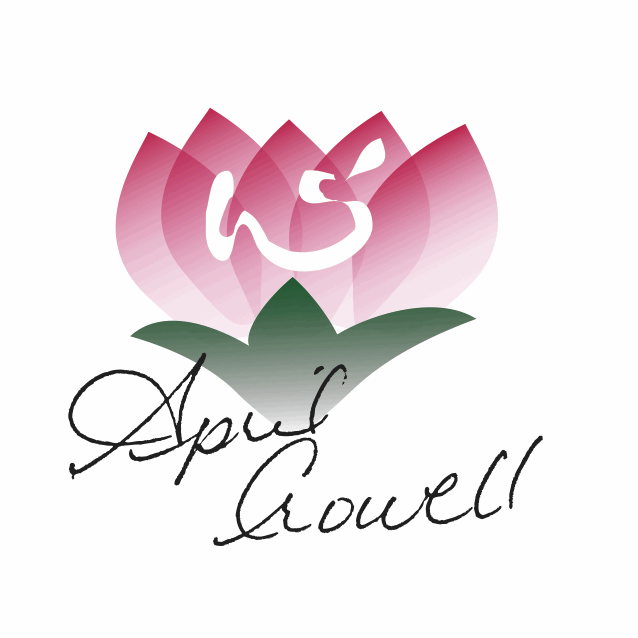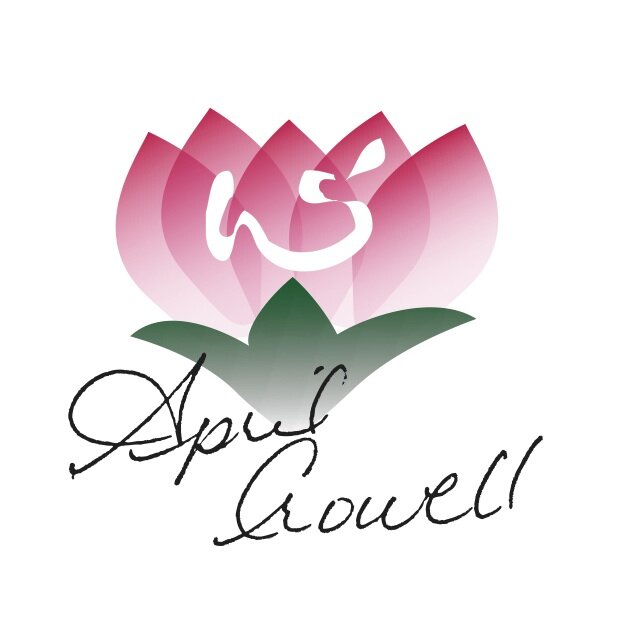Sun Simiao’s 13 Ghost Points
The 13 Ghost Points
Developed by Sun Simiao, a Chinese Medical Doctor of the Tang Dynasty (618-907 BC), the 13 Ghost Points are points on the regular channels that have influence over aspects our Shen (Spirit), and the mental and emotional health of the person.
Sun Simiao had correctly assessed that as culture advanced there would be an increase in psychological patterns. He used the term Gui (ghost) to describe how excess wind, phlegm and heat patterns, if left unchecked, would start to influence the person's life making the person appear as ‘other than themselves.’
In Chinese medicine terms - Ghost points address patterns where we need to —
Clear phlegm fire obstructing the Heart Mind (Shen). We also use the term phlegm fire obstructing the orifices of the head.
Expel Wind and Heat
Comfort Shen
In western medicine pathology terms they help treat patterns of —
Anxiety, depression, nervousness
Confusion and disorientation
ADD, ADHD
Addictive behaviors
Brain fog — a relatively new term
Epilepsy, tourrette syndrome
Mania, schizophrenia
PTSD, trauma, sexual abuse
The 13 ghost points and their meaning
These points are grouped into 4 Trinities that essentially correspond to the levels or depths to where the ‘ghost’ or pattern is affecting the person and trying to move in deeper. They are often aligned with specific circumstances, conditions or traumatic experience in that person’s life.
Sun Simiao’s treatment protocol is a poetic, systematic approach to clearing phlegm and calming Shen.
Let’s look how Sun Simiao’s 13 Ghost’s protocol, and their sphere of influence in the context of treating mental and emotional health.
Psychological disharmonies can range in severity from mild to severe. As the ‘ghost’ or pattern moves deep into the body, the client may not be seeking treatment or may be out of the scope of practice of the practitioner.
Note —Check out my blog Intro to Acupoints to learn more about points in general.
FIRST TRINITY — Phlegm arises and starts to block the orifices of the mind, agitating the Heart which may wander. The first stages of psychological dysfunction.
Governing Vessel 26 (Ghost Palace) – Relates to ancestral traumas and genetics. Spontaneous laughter or crying, fatigue, irritability and epilepsy.
Lung 11 (Ghost Faith) – Relates to worldly affairs and relationships This point is beneficial in treating break ups that end with anger and hostility. Clears heat and wind in the Lung channel that may manifest as sore throat, aphasia (sudden voice loss), and epilepsy.
Spleen 1 (Eye of the Ghost) – Relates to body image and self nourishment. This point is used to review consciousness and collapsing, eating disorders, disorientation with one’s own body and epilepsy.
SECOND TRINITY – Wind moves in. The person may experience paralysis events or excessive movement, they lose direction in life and become inflexible in to change.
Pericardium 7 (Ghost Heart) – Helps treat broken heart, loss, longing, and grief. The person may crave material objects which was perceived as the ghost trying to gain access to one’s Heart.
Bladder 62 (Ghost Path) – Helps us treat how a person views or deals with the world around them. It is a potent point in treating childhood trauma, sexual abuse, anxiety and depression and feelings of overwhelm, headaches, paralysis episodes, seizures and epilepsy. The person may now be ‘walking with the ghost.’
Governing Vessel 16 (Ghost Pillow) – Helpful in treating people who have become rigid and inflexible in mind and body. They are stuck and resist change or action. There may be voice loss, their tongue will be stiff, possibly deviated. The person is now ‘sleeping with the ghost’ and it has gained access to their brain.
THIRD TRINITY – We see addiction to alcohol and drugs. Fire starts to arise.
Stomach 6 (Ghost Bed) – Helps us treat PTSD. They may have lost their sense of empathy and revel in suffer of self and others. Sun Simiao says the ghost has fully taken hold. We see neurological conditions, lockjaw, Bell’s palsy, and epilepsy.
Conception Vessel 24 (Ghost Market) – Helps us treat patterns where the person is lost in dark thoughts, seems defeated, rarely smiles and the sparkle (Shen) is gone from their eyes. . The ghost is absorbing the Yin. Patterns include deep depression, nose bleeds, excessive dark thoughts and morbid obsessions.
Pericardium 8 (Ghost Cave) – Helps the person identify with their authentic self. The person has lost site of who they are and may become self destructive. Patterns include paranoia, fever, sweats, extreme fears. The pattern has reached the nutritive Qi level.
FOURTH TRINITY – The ghost has moved into the deepest levels of person.
Governing Vessel 23 (Ghost Hall) – The ghost has taken over and the person may not recognize others or self. Phlegm is blocking the pathways and the pituitary gland. Nasal congestion, poor vision, dizziness, Alzheimer’s, and dementia.
Conception Vessel 1 (Ghost Store) – The ghost has consumed Yin. It helps bring inner wisdom and connection to self and is used to treat bowel and urinary leakage, issues of sexual anxiety and pressure. Due to its location, this point is not often used, except by knowledgeable practitioners with the express consent of the client. Most practitioners have other points that they will substitute for this point.
Colon 11 (Ghost Leg) – The point helps treat patterns where the ghost is generating rage. The person will have extreme anger and feel out of control. Other patterns include, high fever with delirium and vomiting, or coma.
THE 13th POINT
Gui Feng (Ghost Seal) – This point is located under the tongue at the center of the lingual frenulum. It assists with enlightenment, and helps reconnect the flow of Qi through the Conception vessel and Governing vessel — the microcosmic orbit in Qigong practices It is useful in patterns of schizophrenia and paranoia. Acupuncturists may prick this point. Amma therapists and acupressurists may teach their client to gently squeeze, massage this point. Some practitioners, with proper training and consent work the point in the clients mouth.
Happy point hunting.
April





